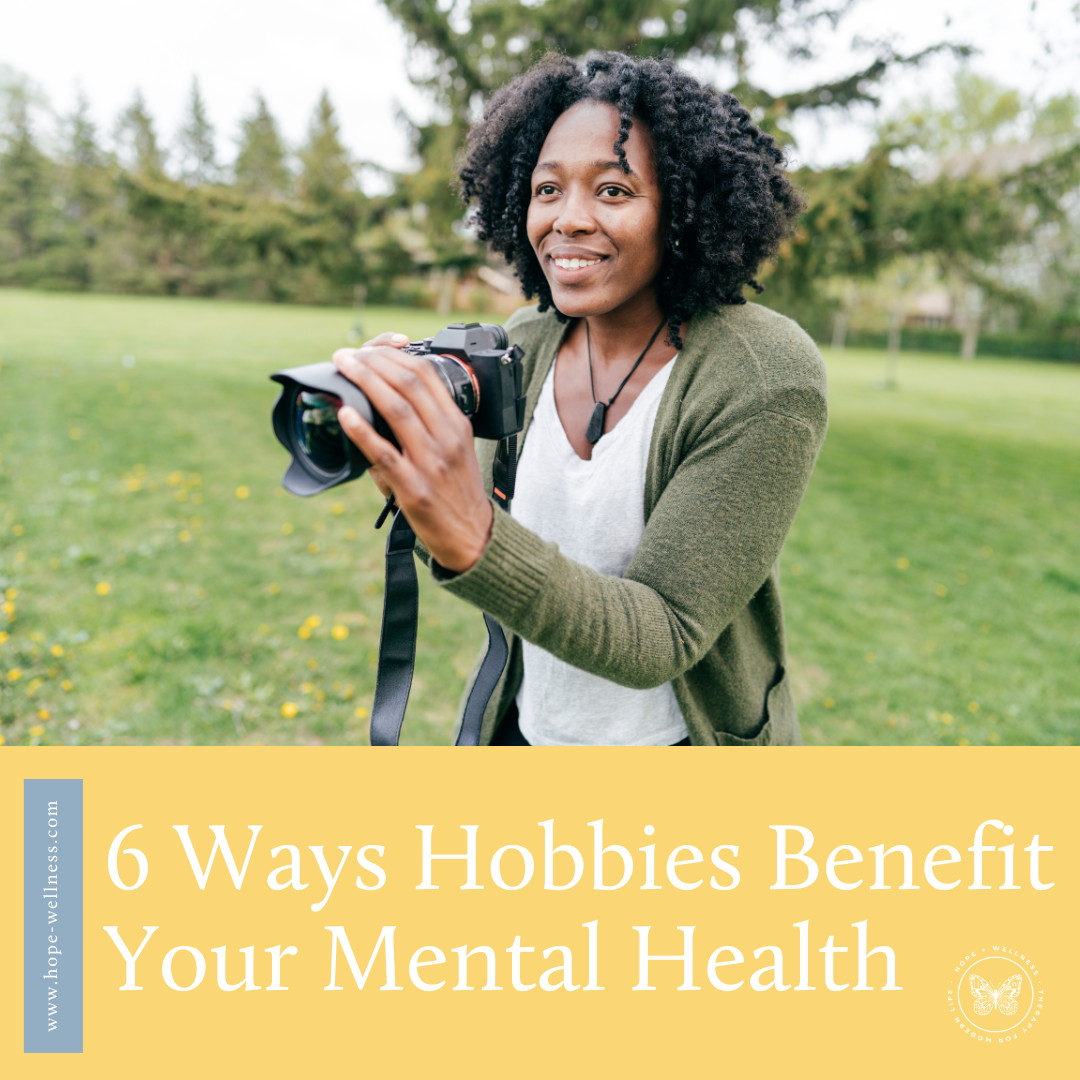Exploring & Expressing Anger Safely
There’s no such thing as a bad emotion.
Yes, read it again! None of our emotions on their own are good or bad. Now, that doesn’t mean that they can’t make us feel bad (or uncomfortable) in some way, but all an emotion is really doing is giving us information. And all of that information is important–even the information we don’t like to learn.
Our feelings basically act as response cues to the environment around us. They let us know if we’re safe, if we’re valued, if our wants and needs are being met, etc. If that sounds confusing (how can a feeling let you know if your needs are being met?) let’s look at an example. Say you’ve spent an evening laughing with your friends, feeling happy. That good feeling, while it might seem basic, is telling you information! It’s letting you know:
You are comfortable around the people you’re with
Your true self is safe to come out in this environment
You’re able to participate fully in the moment, indicating you feel seen and valued
You’re fulfilled/rejuvenated by the social connections you’ve made
That all might seem obvious at the moment, but it’s actually a lot of information for one feeling to give you! Uncomfortable emotions, though we don’t enjoy experiencing them as much, give us the same amount of information. While they can feel “bad” they’re still important to pay attention to, so we can attend to our needs.
Let’s look at anger.
Anger is often a secondary emotion–which means if comes as a result of another, often more vulnerable feeling. While anger is what is being expressed in that case, the feeling at the root could be hurt, shame, betrayal, etc.
However, anger still tells us a lot of information, and isn’t an emotion to be afraid to feel or express. One function it can serve is informing you when you’re being mistreated. If someone says something cruel to you and you get upset, there may be another emotion at the root, but your anger can also be a signal that you know how you deserve to be treated, but that you are presently being mistreated. That’s not a bad thing–your anger is actually looking out for you in that scenario. It’s letting you know, hey, I know this isn’t okay and I deserve better!
Anger becomes a problem when we are so afraid of it, we don’t give ourselves space to explore or express it. If we’re under the impression that anger is bad or scary, we’re not likely to engage with it when we feel it; instead we’re more likely to feel shame and try to shove it away. Or, if our anger has been shoved aside too long, it may bubble up and explode in a more volatile way than if we had given it the attention it needed when it first appeared.
When we don’t treat it as something dangerous, anger can be useful to us.
Give yourself a moment to think about why you’re feeling what you’re feeling. As yourself:
What happened just before I started feeling this way?
What was it that made me feel this way?
Am I feeling angry or is there another emotion at the root of this feeling? (Insecurity, sadness, shame, etc.)
Does this remind me of some way I’ve been mistreated in the past?
When you’ve given yourself a chance to explore what it is you’re feeling, communicating to others what you need or what upset you will be easier.
But sometimes we need to let ourselves feel the anger before we’re ready to pick it apart.
That doesn’t mean lashing out or having an outburst, but there are other ways to let yourself feel and express that anger without endangering yourself or others. Giving yourself time to feel your feelings before picking them apart helps you not to overanalyze yourself.
Sometimes we’re angry because we haven’t had enough to eat or sleep and we keeping getting held up by small inconveniences, until suddenly we’re angry! In those cases, too much introspection probably won’t be helpful. You need a snack, a nap, and a moment to release the built up frustration so that you can go about your day. Some ways you can release that anger or frustration can include:
Music:
Whether you play an instrument yourself, or if you just like to blast it in your room and sing along, screaming along or playing loudly can help release the tension that has built up.
Art:
Creating art can be both a physical release by working with your hands and other materials (like painting), a way to be destructive while also creative (like collaging) and even a physical stress relief (using clay with your hands, etc.). It also allows you to express whatever it is you’re feeling without having to put words to it–there are many other ways we can communicate, and visually is one way! Using art to express anger is a great way to explore it, release it and communicate it.
Moving your body:
Any way you like! It could be dancing, going for a run or hike, or anything that can take that anger and use it as physical exertion so it feels like you’re expelling it out of your body. Exercising also helps to release those feel good chemicals in our brain as well, so you can literally help improve your mood by moving your body.
Journaling:
You don’t have to express everything perfectly in your journal, or even know what you want to write about–it’s a space all for you. You can let yourself vent when you’re mad to get it out, and later, when you’re feeling calm and settled, you can look at what was upsetting you to see if there’s anything within your control that you can do about it.
Remember: Anger is just a feeling, feeling it isn’t good or bad.
Give yourself time and space to release those feelings and explore what they’re telling you before trying to communicate that with others. And while anger can be useful, communicating in anger is not, so using one of these ways to find expression or release first, before communicating to others about what you need can help you stay grounded and focused on your own needs,











Thanksgiving is nearly here, and with that can come a lot of complicated emotions. If you’re feeling anxious about the upcoming holiday season, kicked off by Thanksgiving this week, you’re not alone. To help, we’ve gone through our blog to date and gathered up posts we think will help you get through this season.